Summary | Excerpt | Reviews | Beyond the Book | Readalikes | Genres & Themes | Author Bio

1. THE CREAM OF THE CRIMINAL CROP
Monday, August 5, 1935
Nothing is the way it’s supposed to be when you live on an island with a billion birds, a ton of bird crap, a few dozen rifles, machine guns, and automatics, and 278 of America’s worst criminals—“the cream of the criminal crop” as one of our felons likes to say. The convicts on Alcatraz are rotten to the core, crazy in the head, and as slippery as eels in axle grease.
And then there’s me. Moose Flanagan. I live on Alcatraz along with twenty-four other kids and one more on the way. My father works as a prison guard and an electrician in the cell house up top. I live where most of us “civilians” do, in 64 building, which is dockside on the east side of Alcatraz—a base hit from the mobster Al Capone.
Not many twelve-year-old boys can say that. Not many kids can say that when their toilet is stopped up, they get Seven Fingers, the ax murderer, to help them out, either. Even simple things are upside down and backwards here. Take getting my socks washed. Every Wednesday we put out our dirty laundry in big white bags marked with our name: flanagan. Every Monday our clothes come back starched, pressed, folded, and smelling of soap and flour. They look like my mom washed them for me.
Except she didn’t.
My laundry man is Alcatraz #85: Al Capone. He has help, of course. Machine Gun Kelly works right alongside him in the laundry along with thirty other no-name hit men, con men, mad dog murderers, and a handful of bank robbers too. They do a good job washing the clothes for us and most everyone else on the island. But sometimes they do a little extra.
The cons don’t care for Officer Trixle, so his laundry doesn’t return the same way as everyone else’s. His shirts are missing buttons, underwear is stiff with starch or dyed pansy pink, pants are missing a cuff or the fly is sewn shut so the guy can’t even take a leak unless he pulls his pants down like a little girl.
I can’t say the cons are wrong about Officer Trixle. Darby Trixle is the kind of guy who only his wife likes—and not that much either. Last Saturday my best friend Jimmy Mattaman and I were looking for a barrel for Jimmy’s fly menagerie, and Janet Trixle, Darby’s seven-year-old daughter, just happened to see we were walking by the Black Mariah, the Alcatraz paddy wagon. That was all we were doing—walking by it. But when Darby saw the Mariah had a flat tire, who do you think got the blame?
Yours truly.
It couldn’t have been Darby drove over a nail. Oh no. It had to have been us. We had to go with him to San Francisco and carry a new tire down Van Ness Avenue, to the ferry and up the switchback, to where the Mariah was parked up top. Darby wouldn’t even let us roll it on the road. Didn’t want it to get dirty. It’s a tire! Where does he think it usually goes?
My father wouldn’t help us with Darby either. “I know you had nothing to do with that flat tire, but it won’t hurt you to give Darby a hand, Moose,” is what he said.
When I first moved here, I thought all the bad guys were on one side of the bars and all the good guys were on the other. But lately, I’ve begun to wonder if there isn’t at least one officer on the free side who ought to be locked up and maybe a convict who isn’t half as bad as he’s cracked up to be. I’m thinking about Al Capone—the most notorious gangster in America, the worst guy we have up top. How could it be that he did me a good turn?
It doesn’t make sense, does it? But Al Capone got my sister, Natalie, into a school called the Esther P. Marinoff where she’d been turned down twice already. It’s a boarding school for kids who have their wires crossed up. It’s a school and not a school . . . a place to make her normal.
Excerpted from Al Capone Shines my Shoes © Copyright 2009 by Gennifer Choldenko. Reprinted with permission by Dial Books for Young Readers, an imprint of Penguin Young Readers Group. All rights reserved.
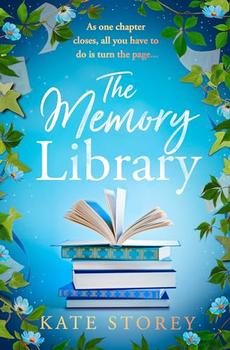
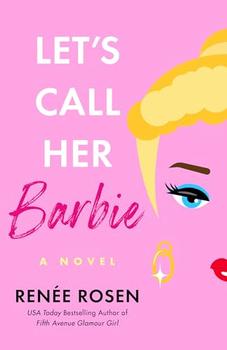

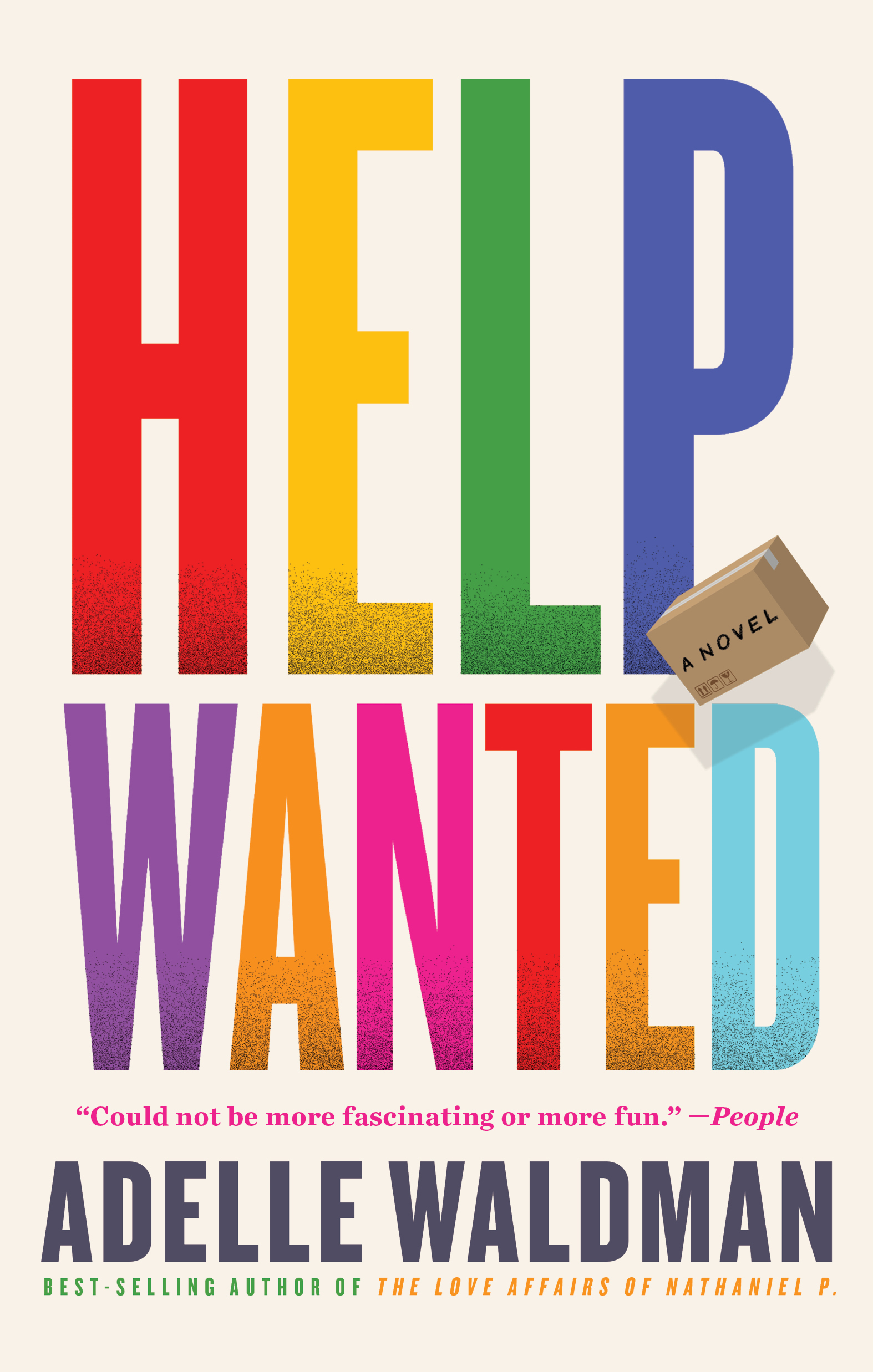
Help Wanted by Adelle Waldman
From the best-selling author of The Love Affairs of Nathaniel P. comes a funny, eye-opening tale of work in contemporary America.
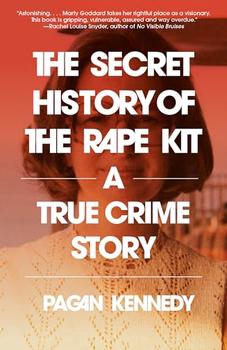
The Secret History of the Rape Kit
by Pagan Kennedy
The story of the woman who kicked off a feminist revolution in forensics, and then vanished into obscurity.
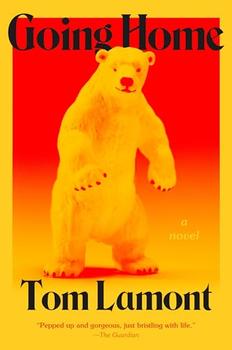
Going Home
by Tom Lamont
Going Home is a sparkling, funny, bighearted story of family and what happens when three men take charge of a toddler following an unexpected loss.
Your guide toexceptional books
BookBrowse seeks out and recommends the best in contemporary fiction and nonfiction—books that not only engage and entertain but also deepen our understanding of ourselves and the world around us.